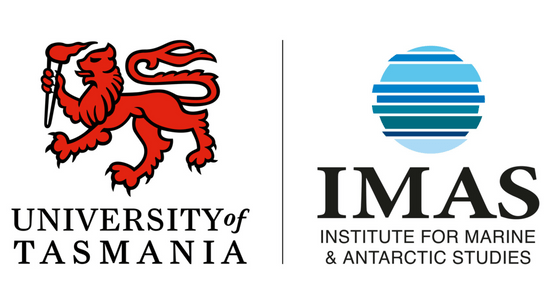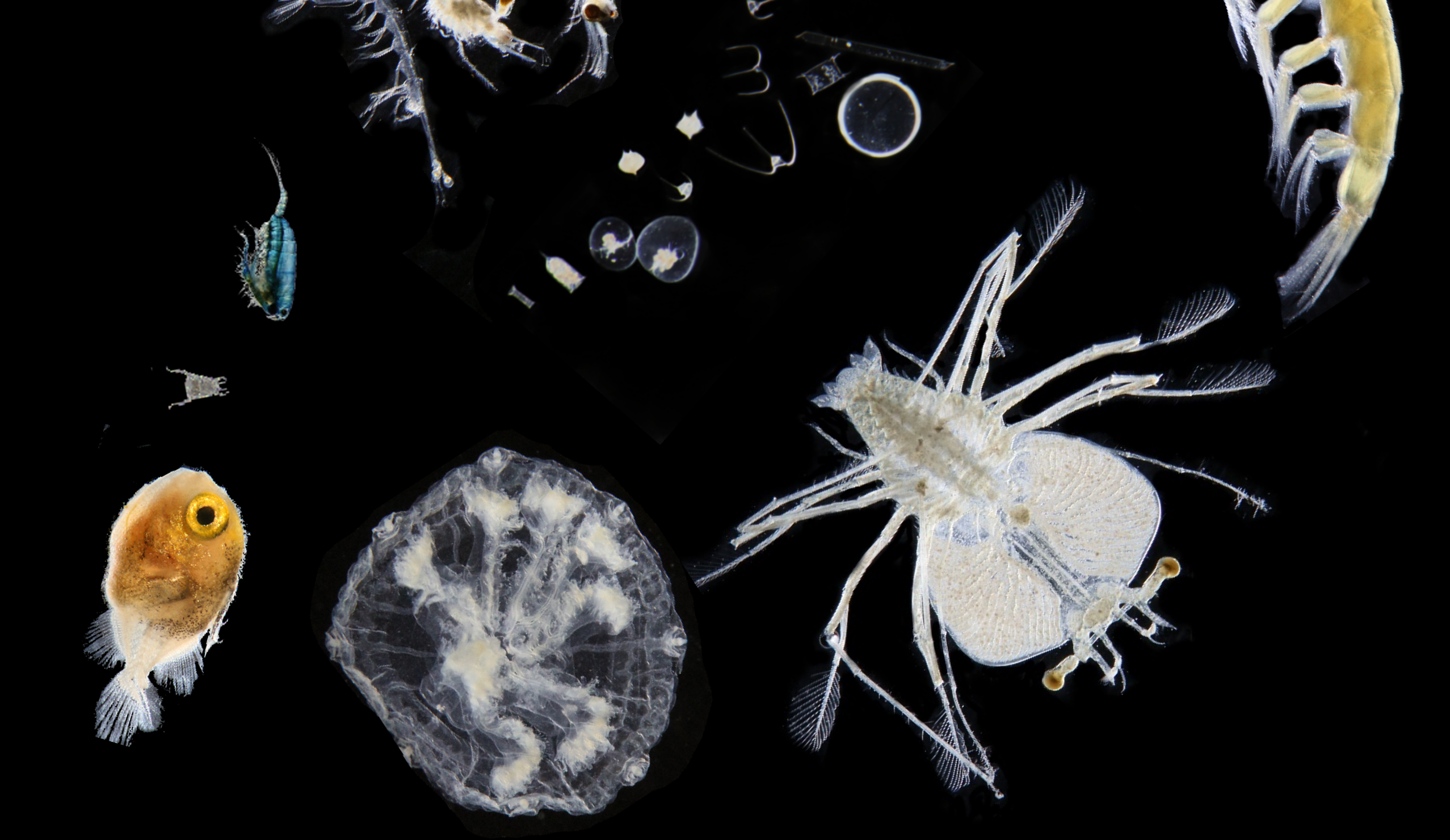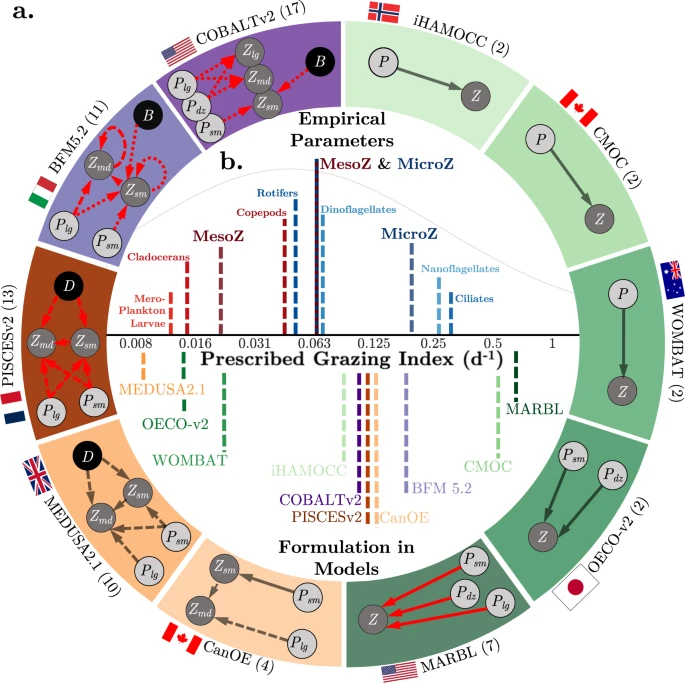Marine biogeochemical (BGC) models simulate the transfer carbon and nutrients through their inorganic, organic, dissolved, and particulate forms within the interior of the ocean. They are often coupled to physical ocean circulation models to estimate the size and distribution of net primary production, trophic transfer, and the biological carbon pump. When forced with different atmospheric emissions scenarios, these models can help predict the ocean’s ability to feed a growing human population and buffer a changing climate.
However, BGC models are notoriously under-constrained and over-parameterised. They must represent innumerable, complex biogeochemical reactions in a highly simplified subset of numerical equations. Even if these equations can recreate present observations, they often get the right answer for the wrong reason. To fully leverage the power of BGC models for management, policy, and scientific decision-making requires a continued effort to refine and improve their model architecture.
Research Highlights




